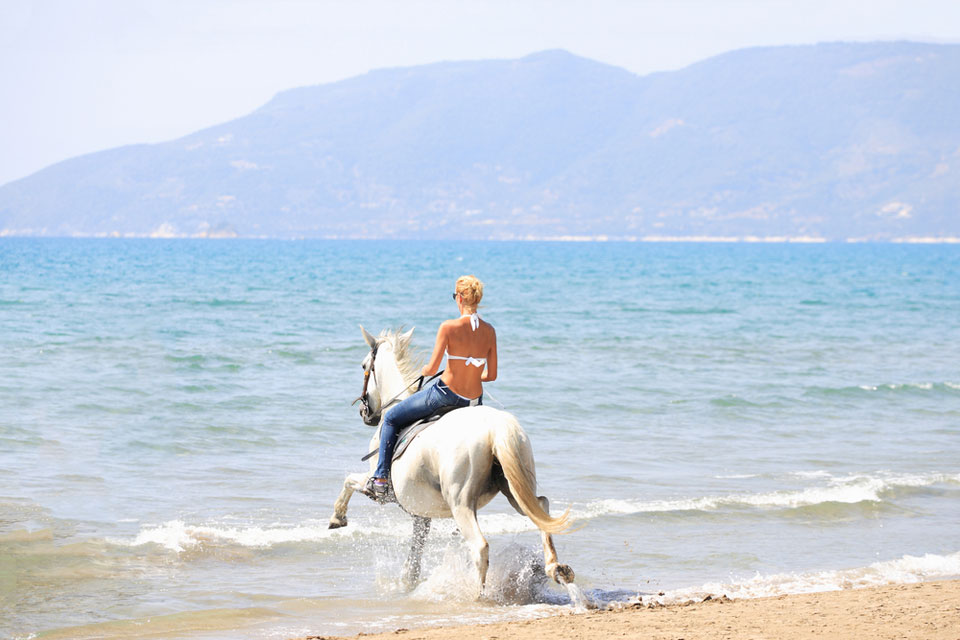Dynamic mobilisation, balancing exercises and core strengthening can help stabilise the horse’s spine and the attachment of fore & hind limbs to the body.
In the event of a horse suffering a musculoskeletal injury, the following steps usually include a diagnosis, treatment, and ultimately return to soundness. In order to make a full athletic recovery, affected horses may benefit from some forms of rehabilitation that can restore function to the back’s deep stabilising muscles.
The following lines describe rehabilitation exercises that horse owners can perform from the ground. These are especially useful for horses with a history of back pain and are an adjunct to ridden rehabilitation exercises. There are 3 types of training exercises: dynamic mobilisation, balancing and core strengthening. The main purpose of these exercises is to help stabilise the horse’s spine as well as the attachment of fore- and hind limbs to the body.
Dynamic mobilisation
This is one of the most beneficial exercises an owner can do. The horse must follow a movement pattern to supple his intervertebral joints and to strengthen the muscles that actually move and stabilise those joints.
There are three predominant types of exercises when it comes to dynamic mobilisation: neck rounding, extension and bending. In order to teach these exercises to your horse, you need to ensure the horse is standing balanced—against a wall or corner to control the haunches. Then use the bait to entice your horse to flex or bend his neck, ensuring it stays straight (ears level) during rounding. Then get started with small movements, hold the position for a few seconds, and then repeat each exercise four or five times per day.
It is recommended to perform dynamic mobilisation exercises on young horses in order to prepare them for work under saddle; on horses that have had colic surgery starting 1 month post-surgery; and lastly on athletic horses to improve performance and help back injuries heal.
Strengthening the core
Owners can carry out core training exercise at the start of or even before exercise to engage the horse’s deep stabilising muscles. There are two main exercises:
Balancing exercises
I order to train a horse to balance and strengthen its muscles that connect the limbs to the body, the following exercises are highly recommended, which need to be repeated four or five times a day:
Performed periodically, the equine exercise rehabilitation through the aforementioned three types can help improve the horse’s muscle function as part of a rehab program following a back injury and can even improve the horse’s athletic performance as well as reduce the risk of other future back problems.









